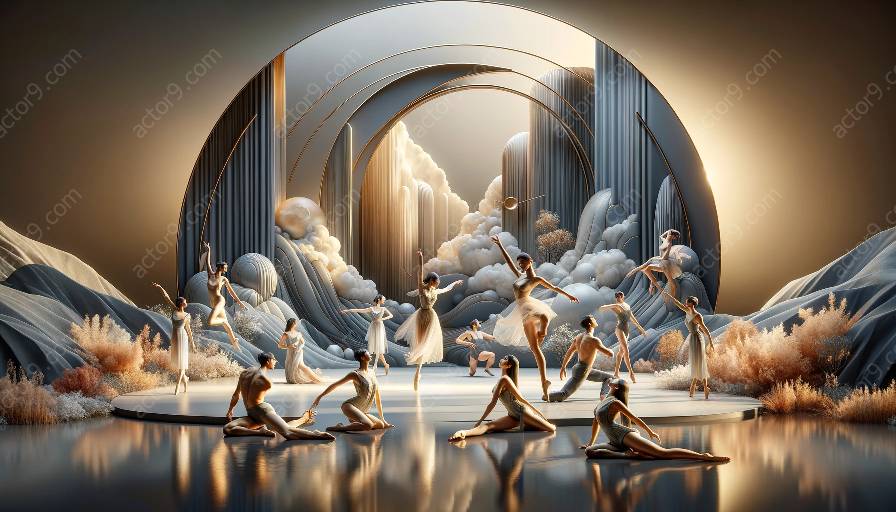Physical theatre, with its emphasis on the body as the primary means of expression, embodies a unique set of fundamental principles that form the foundation of its techniques. In this guide, we will delve into the essential elements of physical theatre, their compatibility with the elements of drama, and the real-world applications of these principles.
The Interplay of Movement, Space, and Expression
At the core of physical theatre techniques lie the seamless interplay of movement, space, and expression. Physical theatre performers utilize their bodies to convey narratives, emotions, and concepts, often without relying on spoken language. They explore a wide range of movement styles, including but not limited to dance, mime, and acrobatics, to create visually stunning and emotionally resonant performances. Understanding the principles of body awareness, spatial dynamics, and expressive gestures is crucial for physical theatre artists to master their craft.
Elements of Drama in Physical Theatre
Physical theatre and the elements of drama share a symbiotic relationship, with each enriching the other. The physicality of the actors and the spatial dynamics of the performance space serve as powerful tools for exploring the dramatic elements of plot, character, theme, and symbolism. In physical theatre, the body becomes a living canvas for the enactment of dramatic narratives, blurring the lines between storytelling, movement, and visual art. By integrating the principles of physical theatre with the elements of drama, performers can create captivating and multi-dimensional theatrical experiences that transcend verbal communication.
Real-World Applications
The fundamental principles of physical theatre techniques find widespread application in various performance genres and contexts. From avant-garde experimental productions to mainstream stage productions, physical theatre techniques offer a versatile toolkit for artists to push artistic boundaries and engage audiences in innovative ways. Furthermore, the principles of physical theatre play a pivotal role in interdisciplinary collaborations, where movement-based performances merge with other art forms such as music, visual arts, and digital media, creating dynamic and immersive experiences for audiences.
By embracing the fundamental principles of physical theatre techniques and recognizing their compatibility with the elements of drama, performers and creators can unlock boundless creative potential, redefine the boundaries of theatrical expression, and inspire audiences with the visceral power of embodied storytelling.




































